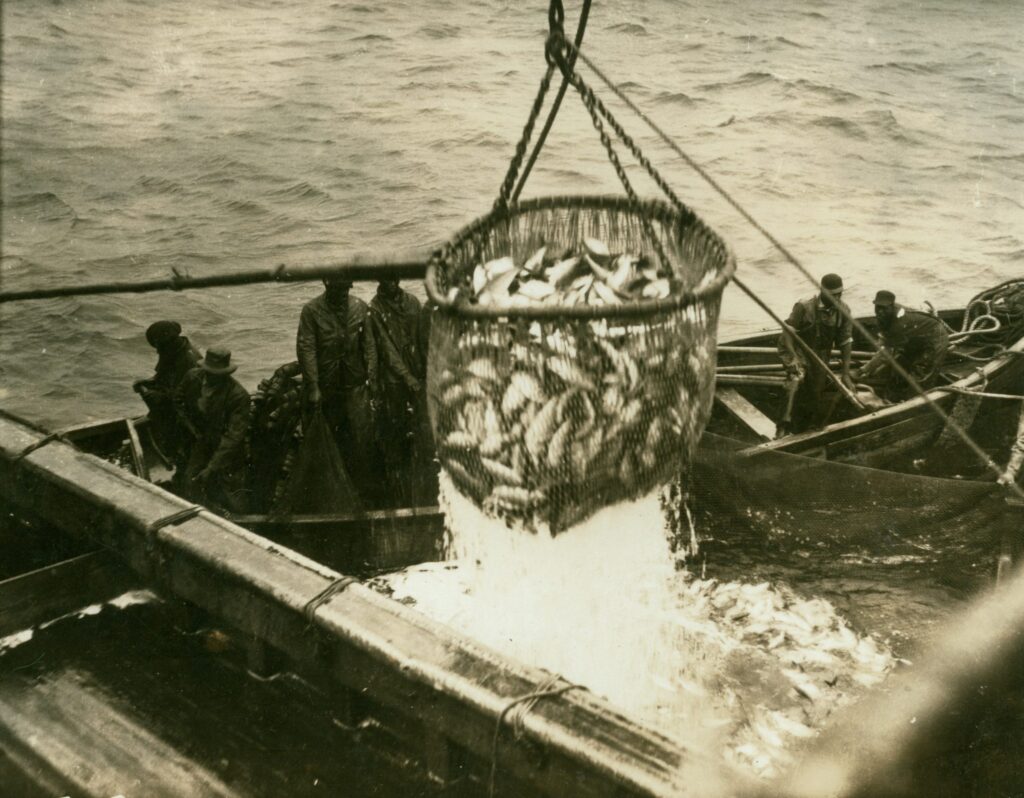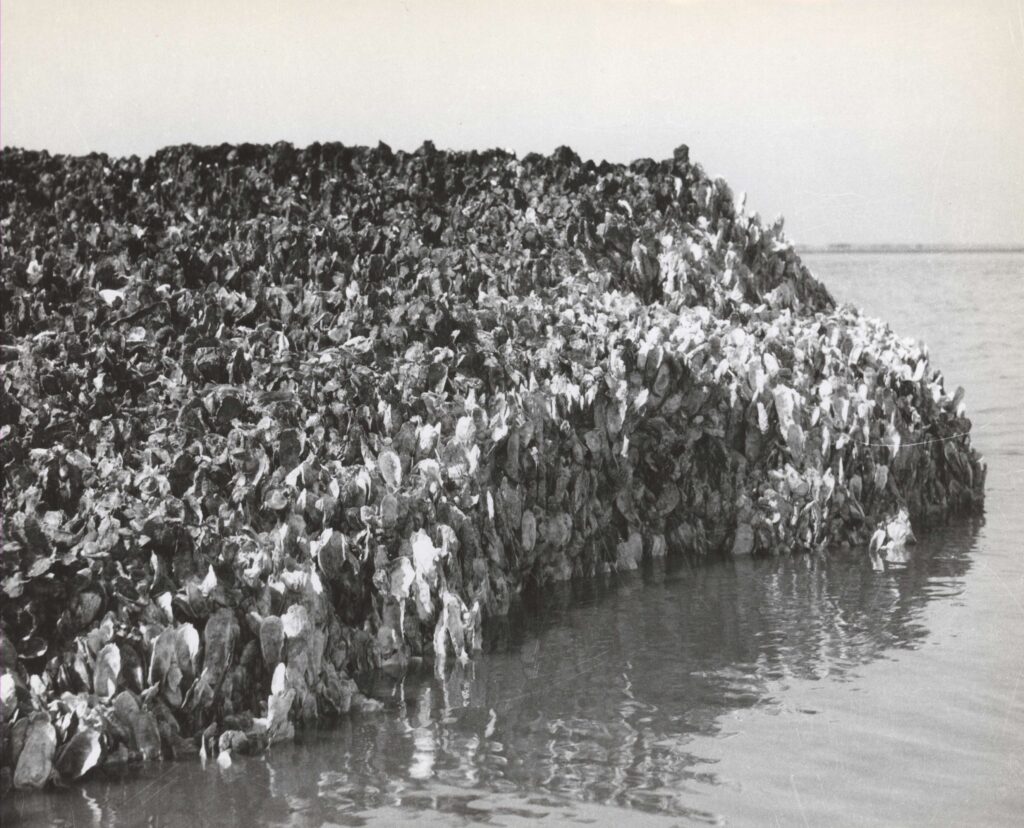When you read that a species is declared as ‘ecologically extinct’, what emotions are evoked? Is it concern? Uneasiness? To learn that a species is not technically ‘extinct’ but can no longer carry out its functions within an ecosystem feels even scarier. That is the result of years and years of exploitation that humans have exerted onto the Ocean. When we fix our sights only on recent baselines, we normalize ecosystems already hollowed out by centuries of fishing, hunting, and habitat removal. This results in modest conservation goals that tidy symptoms without restoring the processes that made coastal ecosystems resilient in the first place.
When we look at historical records we think of ship logs, fisheries, oral histories, archaeological shell middens, and sediment cores that do more than make for interesting museum displays. They reconstruct the ecological trajectories that created today’s problems and reveal a recurring sequence. Humans first remove large consumers and it is only later do nutrient loading, disease outbreaks, and hypoxia become widespread. That ordering matters. Restoring water quality on its own is unlikely to flip systems back if the biological filters and grazers that once kept algae, microbes, and sediments in check are gone. When we view different ecosystems with this same historical lens then we can understand the current state of these ecosystems.
Think of oyster reefs in estuaries. Where oysters were once so dense that they filtered whole water columns repeatedly each week. Now these reefs ruined by mechanical dredging led to increases in planktonic production, followed by hypoxia and algal blooms. The solution of simply cutting down nutrition is necessary, but without restoring the filtration capacity of reefs then nutrient cuts will not fully restore ecological function. Historical baselines tell us how big that filtration engine used to be, and what scale of restoration might truly matter.
The same lesson applies to kelp forests, coral reefs, and seagrass meadows. Where predators disappeared, grazers exploded or collapsed, triggering phase shifts that persist until the missing trophic levels are restored. Time lags can make it appear that an ecosystem is stable for decades before flipping and therefore conservation ignores the past misreads warning signs and underestimates restoration needs.
Turning archives into action requires cross-disciplinary work. Restoring our Ocean’s ecosystems would require the participation of everyone and use modern monitoring and models in order to test restoration scenarios. Converting old records and designing ecosystem-scale experiments will start research that moves beyond pilot projects toward coordinated studies that address both top-down and bottom-up drivers. If we value truly resilient coasts, a product of productive fisheries, clear waters, and biodiverse reefs, we need to cease using the recent past as the only sensible reference. Historical data is not nostalgia; they represent a practical map of human actions and influence and what it will take to get back to a place of balance within our Ocean.



